Computational Modeling of Nanoelectronics
Using first-principles calculations, we study electronic properties of devicerelated nanostructures. For example, conductance superposition rule in carbon nanowire junctions with parallel paths is demonstrated, providing an understanding on all π conjugated systems for designing efficient nanoelectronic devices. Conductance of a double-barrier single-molecule junction, consisted of a molecule on an insulating surface with a STM tip, is analyzed, revealing a key to control the gate leakage current in nanoscale transistors. In addition, quantum well states and the magnetic interlayer exchange coupling (IEC) in the Fe/Ag/Fe trilayer are investigated, showing that the ferromagnetic-layer thickness crucially impacts the IEC oscillation in magnetic trilayers through quantum resonances. This result readily explains the recent experimental finding and provides a way to efficiently tune the magnetic coupling in recording materials and to eliminate recording noises. Moreover, we predict that thallium selenide will be a layered topological insulator with rather weak interlayer coupling and thus it should be exfoliated easily. The evolution of the topological states can be driven by changing the layer thickness, doping with indium atoms or applying lateral strains.


